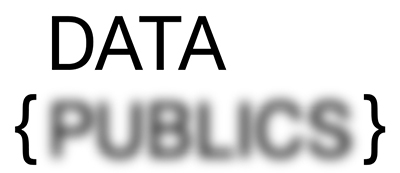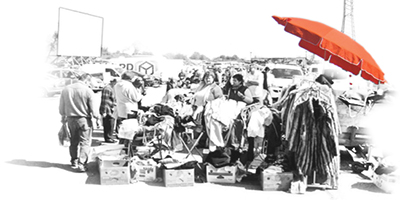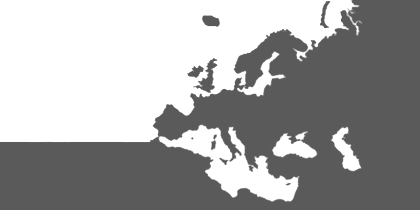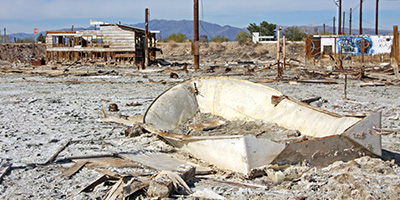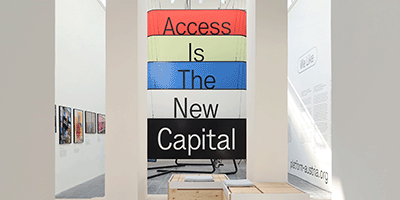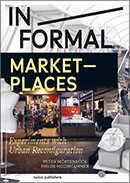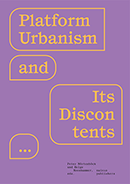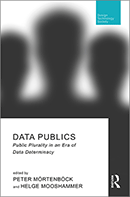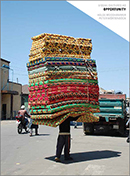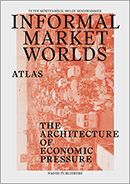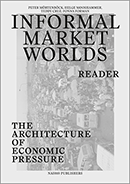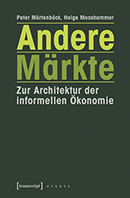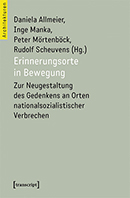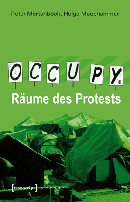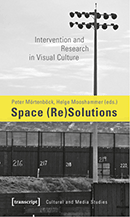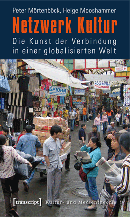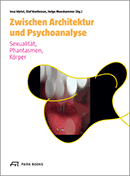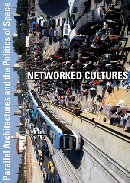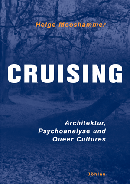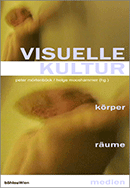RESEARCH
DATA PUBLICS
-
Public plurality in an era
of data determinacy
OTHER MARKETS
--
Mapping typologies and conditions of informality:
How informal markets intersect with global governance
NETWORKED CULTURES
--
The struggle for new forms of artistic practice in an era of global deregulation
WORLD OF MATTER
--
An ecological view on resource politics
SEA OF MARBLE
--
Looking out to the sea: A navigational convergence on the imaginary and the realities of the sea
EXHIBITIONS
La Biennale di Venezia - 17th International Architecture Exhibition 2021
XX Architecture and Urbanism Biennial - Chile 2017
Ephemeral Urbanism
World of Matter
@ HMKV Dortmund
@ James Gallery New York
@ Ellen Gallery Montreal
@ Nash Gallery Minnesota
Networked Cultures -
documentary
Gunners & Runners
Trading Places
Networked Cultures
Gone City
Temporary Zones
Operation Desert
You'll Never Walk Alone
Minotaur - A Contemporary Maze
Art and Architecture at Kielder, Northumberland, competition 2001
published in
Peter Mörtenböck: 'Cruising Architecture'; in: UdK Berlin (eds.): Identität und Individualisierung, Universität der Künste Berlin 2002, ISBN 3-89462-096-X
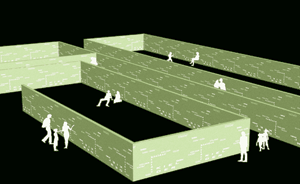
The design of the Kielder Maze in Northumberland/UK proposed here is based on a collaboration between ThinkArchitecture and media artist beta whose work aims at exploring social implications of spatial human interaction. Our joint proposal focuses on bringing together two crucial moments, evident in the notion of the maze: First a desire to inscribe oneself into or to map oneself onto landscape ('been there'), e.g. on a mountain top or in the centre of a maze (e.g. the manifold inscriptions in the trees in the Hampton Court Maze). Second the intention to materialise structures of symbolic order. This points at historical/cultural changes from hierarchies organised around central power to decentred societies, from the maze as a space of representation to a multi-positional space and hence the idea that the design of the contemporary maze should respond to these changes (i.e. today it is a place for a wider public and not for a single souvereign).
These two observations are superimposed in our proposal which consists of a labyrinth structure that has no centre because it is only centre, or rather it is a number of displaced centralities organised as a maze. Dispersing the centre of the maze and making every location of the maze equally central, visitors are invited to inscribe themselves into the walls along their walk through the wooden structure - reflecting the abundance of nature in Kielder, all walls of this maze will consist of an endless surface of timber boards - these inscriptions in turn will record the diverse histories and multiple journeys of its visitors.
BOOKS
